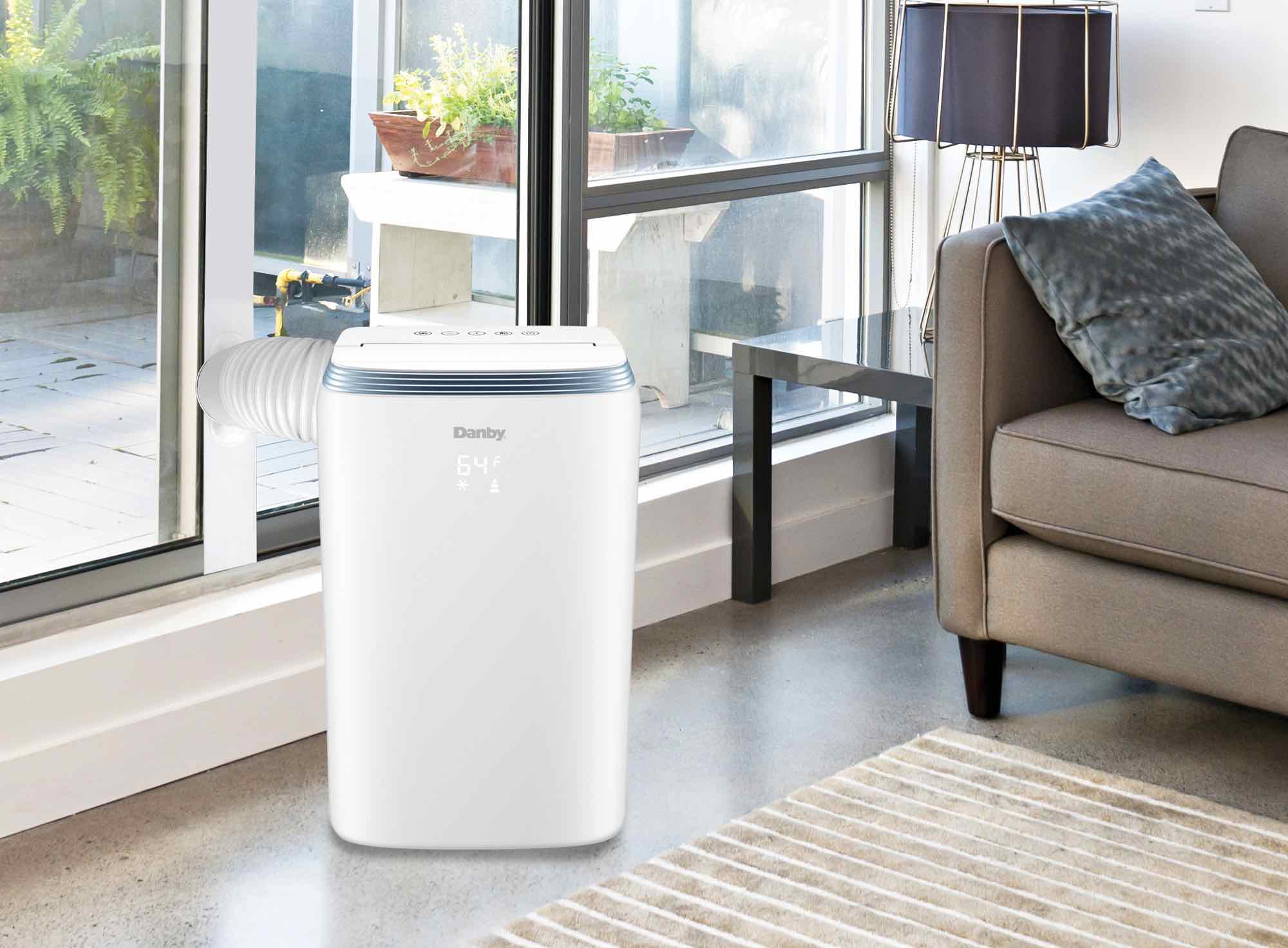
Mother Nature is in control of how hot it gets outside, but you can keep your cool inside when you have an air conditioner. With the changing of the season and the subsequent increase in temperature both outside and in, you might have noticed that not all cooling units are the same if you just started looking for an air conditioner. To cool your space properly, you have to choose the right size. Here’s how to determine what size air conditioner you need.
How do air conditioners work?
Air conditioners are made up of an evaporator, compressor, condenser, and expansion device. They work by using a chemical inside the unit that cycles inside and outside to remove heat and replace it with cool air.
There are three types of air conditioners. You can find window air conditioners that sit inside the frame of your window, portable air conditioners that you can move from room to room, and mini split air conditioners. Also known as heat pumps, mini split air conditioners can cool your home in the summer and heat your home in the winter.
If you plan on choosing a portable air conditioner there’s one thing to note—portable units include an exhaust hose that will vent warm air and moisture. To use one, you’ll want to ensure you have a window nearby from which to drape the hose out.
Considerations when choosing an air conditioner
Whether you choose a portable AC, window AC, or mini split AC, there are a few things to keep in mind to pick the best size of cooling unit for your home.
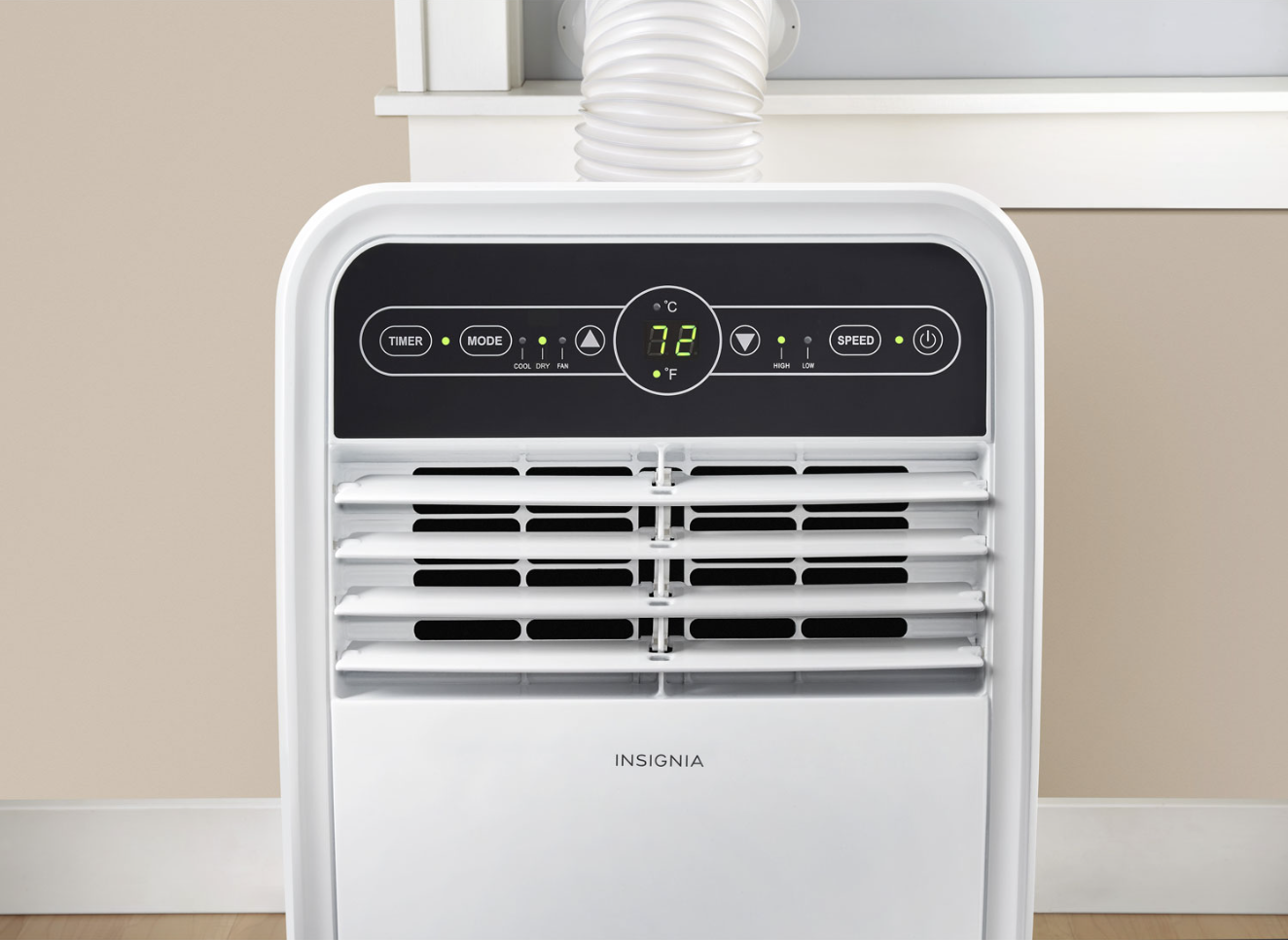
Your AC will remove humidity too
Your AC will remove heat from the air, but it will also reduce humidity. That’s why it’s so important to take into account exactly what size of room you’d like to cool.
If you choose an oversized unit it will cool your room more quickly, but it won’t do a good job of removing the humidity. Your room could feel damp and clammy, and if the room is damp for long periods of time, you could end up having an issue with mold and fungus.
The size of your space is key
Take a look at the room you’d like to use the air conditioner in. Most rooms are rectangular, so to get the measurement it’s simply length times the width of the room. If you have an odd-shaped room you may have to calculate the square footage by splitting the room into rectangles and triangles, then taking the area of each and adding them up.
| Square feet of space to be cooled | Size of air conditioner (BTU’s per hour) |
| 100 to 150 | 5,000 |
| 150 to 250 | 6,000 |
| 250 to 300 | 7,000 |
| 300 to 350 | 8,000 |
| 350 to 400 | 9,000 |
| 400 to 450 | 10,000 |
| 450 to 550 | 12,000 |
| 550 to 700 | 14,000 |
| 700 to 1,000 | 18,000 |
| 1,000 to 1,200 | 21,000 |
| 1,200 to 1,400 | 23,000 |
| 1,400 to 1,500 | 24,000 |
| 1,500 to 2,000 | 30,000 |
| 2,000 to 2,500 | 34,000 |
Once you know the square footage of your room you can look for a size of AC that will best suit the space.
Does BTU change depending on the air conditioner you choose?
The general guidelines for determining the BTU needed to cool a room are typically the same for mini-split systems, portable AC, and window ACs. That being said, when determining BTU, there are two key things to keep in mind:
- Portable air conditioners are less efficient than window air conditioners, so you may want to choose a portable AC with more BTUs to properly cool your room.
- Sizing your window air conditioner also requires that it fit in your room’s window frame, so you’ll want to know the measurements of your window and the measurements of the window AC unit you’re interested in.
What should your air conditioner BTU be?
If you’ve already shopped for an AC, you know the cooling capacity has always been measured in BTUs (British Thermal Units). BTU is a term to measure heat, and the higher the BTU rating, the more efficient the cooling power. To get the most out of your unit and ensure it will cool the space you want to cool, you need to be as close to the right BTU as possible.
The first step in determining which BTU is for you is to calculate the size of your space. For all three types of AC, a rule of thumb is that you’ll need 20 BTUs needed per square foot. Just keep in mind that factors like how high your ceilings are and how much sun the room gets can influence the size needed.
The next step is to use the BTU table to determine the standard BTU sizing for the room you want to cool. (Note this is based on the old method, so you might want to go up a few sizes if the portable unit shows the ASHRAE rating. More on that below.)
What to take into account when choosing BTU
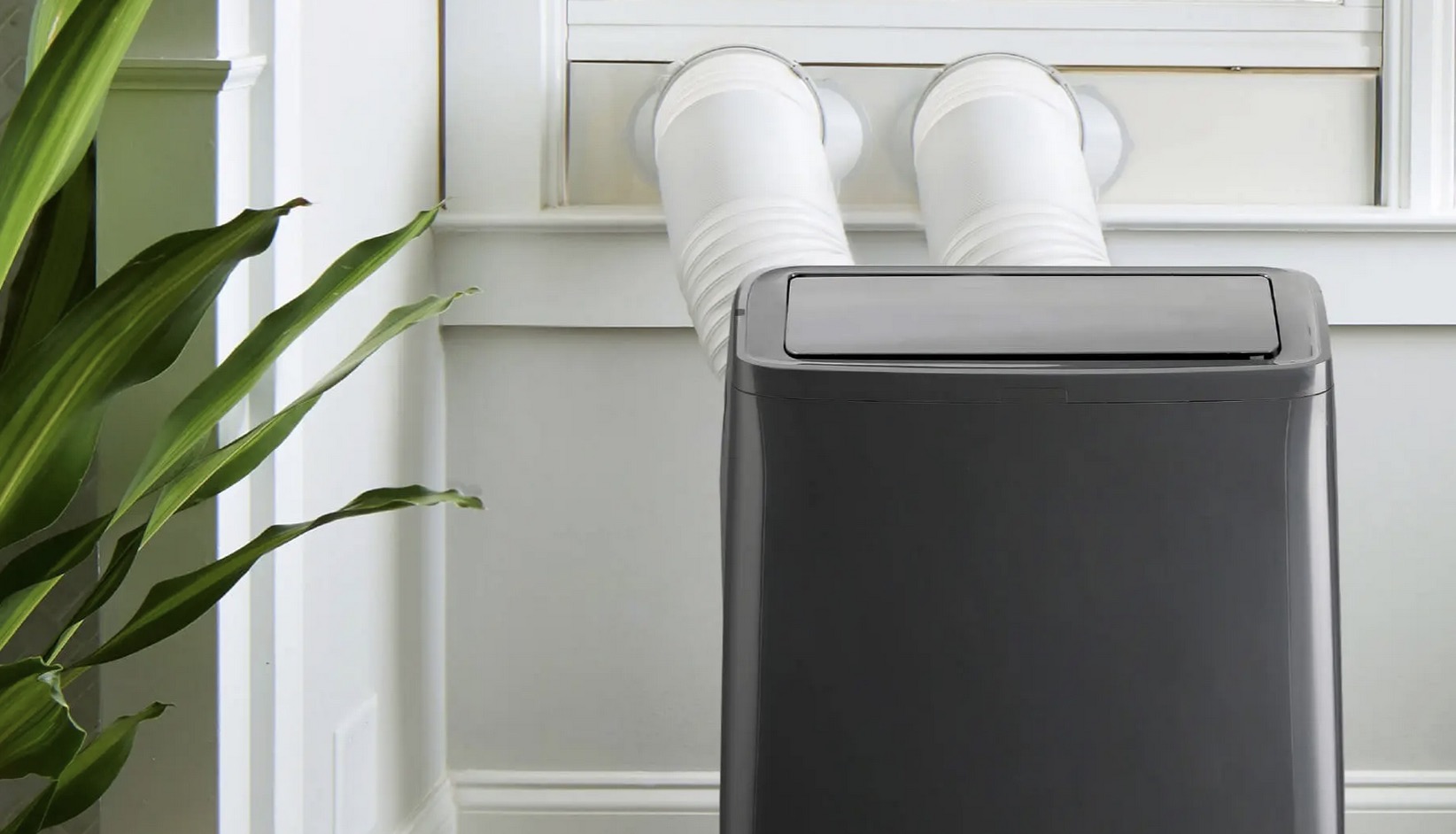
These are a few adjustments you should make when selecting the right BTU.
- If the room you’re cooling has constant sun, add 10%
- For heavily shaded rooms, reduce by 10%
- In a kitchen, add 4,000 BTUs
- If the room has high ceilings that are 10 feet or higher, add 10%
- For rooms that are regularly occupied by more than two people, add 600 BTUs for each person above two
What is an Energy Efficiency Rating?
The last thing you should consider is the EER (Energy Efficiency Rating) of the air conditioner. The EER lets you know how energy efficient the air conditioner is to operate. EER rating is simply calculated by dividing the BTU of an air conditioner by its wattage.
Air conditioners with a high EER rating will use less electricity to create the same amount of BTU’s of output. Another benefit of a higher EER is it likely has a better compressor and runs more quietly than other models.
BTU, ASHRAE, and SACC labels for portable air conditioners
The US Federal Trade Commission (FTA) and the Department of Energy (DOE) made a few changes to the testing and labelling for air conditioners. The DOE labels and rating system is designed to more accurately reflect the energy efficiency of each portable air conditioner unit.
Previously, both ASHRAE labels and DOE labels focused on the number of BTUs removed from the room by your air conditioner. However, the newer DOE labelling takes into account something that ASHRAE does not; the portable air conditioner itself can also generate heat. Because of that, all ratings now lower the effective cooling power of the unit. For example, a portable air conditioner rated at 10,000 BTU under ASHRAE will now lower to 6,500 BTU under the newer DOE labelling.
What is the SACC rating?
The new DOE label is called the SACC rating, and the acronym stands for seasonally adjusted cooling capacity. The SACC rating is a weighted average of the portable air conditioner’s performance at different humidity levels and temperatures. While the actual cooling capacity of the unit is still the same, there are no internal changes to the units, and their functionality remains unchanged, all SACC ratings will lower the effective cooling power of the unit. For example, a portable air conditioner rated at 10,000 BTUs will now be listed as a 6,500 SACC BTU under the newer labelling.
As you shop for a portable air conditioner at BestBuy.ca you’ll see the BTU listed as well as the SACC rating.
Ready to cool off?
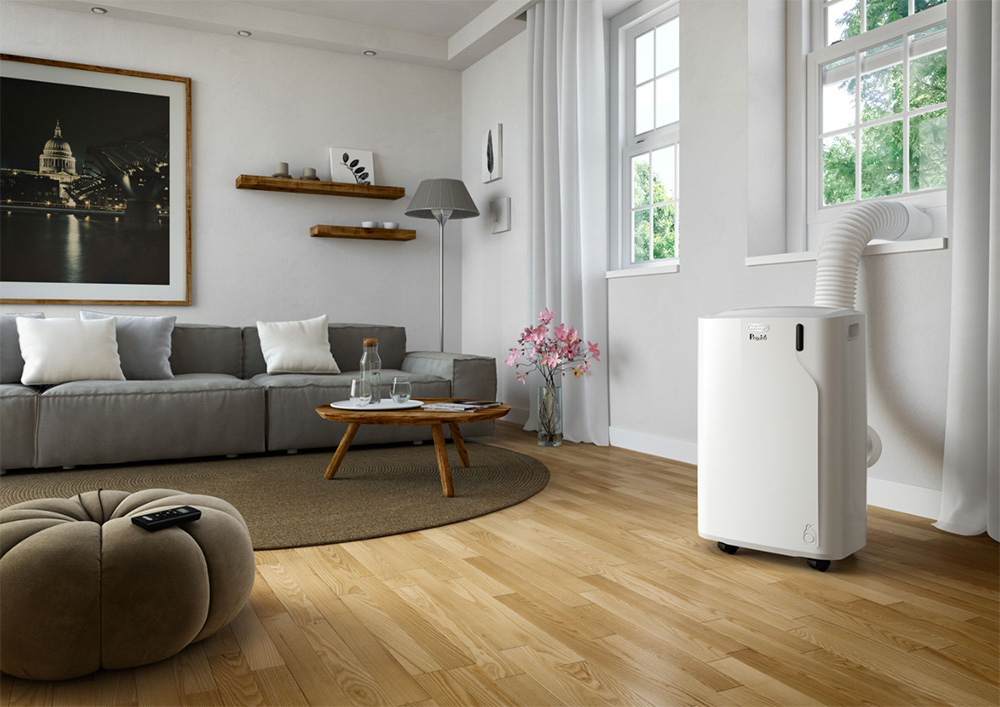
Now that you know what you need to consider when buying a unit to cool your home, you’re ready for a long, hot summer. Check out all of the air conditioners and fans available at Best Buy from brands like LG, Insignia, Danby, De’Longhi, Costway, and Hisense.
For more tips to help you choose the right AC unit for your needs, make sure to read this buying guide. Finally, if you’d like to know how to install your air conditioner, take a look at this post.




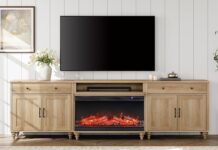

Great topic, indeed! This blog should be read before buying an AC. Thank you!
I live in a three bedroom apartment building. I am confused as to what air-condition to buy.
3 air conditioners or one? How much hydro am I expected to pay if I have three air conditioners?
Hi Mo,
I sent your question to the appliance team at Best Buy Canada’s head office and will share their response as soon as I get it.
Best regards,
Martin
Hi Mo
The appliance team at Best Buy sent this response:
First it depends on “how much” you want to condition each room. I would suggest window air conditioners (if possible to install in the bedrooms) as the best option since they consume less power. One I like is this Danby 6000BTU unit https://www.bestbuy.ca/en-ca/product/danby-window-air-conditioner-6000-btu-white/14365163
That said, it may be sufficient for you to buy one portable AC and share or place in most central room to see if it disperses enough to the other rooms. For that option I suggest this DeLonghi model https://www.bestbuy.ca/en-ca/product/de-longhi-portable-air-conditioner-14-000-btu-black-only-at-best-buy/12065816
Best regards,
The portable units still need to be vented to the outside. You should not run them without the exhaust hose being vented out a window.
These portable air conditioners are designed to work inside without direct access to outside ventilation. They will work well placing them anywhere inside.
Yes they do they all come with a hide for venting
Not hide hose damn auto correct
This is not true! All of the portable units Best Buy sells need a window to exhaust the hot air (and sometimes the water vapor depending on the model). You cannot just place them in the middle of a room and expect any cooling! OMG If there is no window, you can create a hole through the wall to the outside. But you must vent to the outside in some manner.
Do this portable air conditioner “not window units” require outside ventilation, please let me know
Yes they do
Comments are closed.